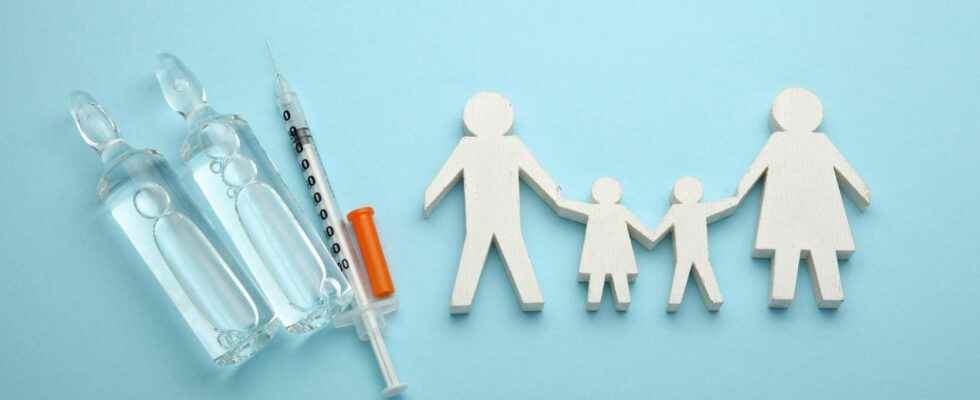The epidemic figures are on the rise. Even if vaccination coverage is high in France, there are still people who refuse to be vaccinated. How to convince them? A team of French researchers had the idea of modeling the reactive vaccination strategy to assess whether it can increase the number of people vaccinated in France.
As of March 22, 2022, 79.5% of French people have a complete vaccination schedule and 58.5% have received a booster dose. Yet the virus still circulating and the number of daily cases is rising again in recent weeks. The effective R went back above 1 during the week of March 7, which means that the virus is actively spreading. In a context of the lifting of health restrictions, the fears of a resumption of the epidemic and the appearance of new variants are legitimate. Even imperfect, the vaccination of the greatest number of people possible remains an effective weapon against the spread of SARS-CoV-2, especially against severe forms of the disease. How? ‘Or’ What convince the most recalcitrant to get vaccinated? French researchers are proposing an original solution: the strategy of reactive vaccination. This involves offering vaccination to those around an infected person (home, workplace, school). The reactive vaccination strategy is already used in other contexts, such as during epidemics of meningitis. The results were published on March 17, 2022 in the prestigious journal Kind Communication.
A statistical model
The researchers used data from INSEE to build their model. It has the socio-demographic characteristics, social contacts and professional situations of a medium-sized French city, but also the characteristics of the disease, the vaccination coverage and the effectiveness of the vaccines. From this model, the authors imagined several scenarios of epidemic dynamics. In most scenarios, the impact of implementing a reactive vaccination strategy is beneficial.
Even more effective if vaccination coverage is low
Let’s take the example of a model where vaccination coverage is around 45% and where the virus is actively circulating. In the case of a vaccination campaign of mass, the reduction in the number of cases over two months is 10%. In the case of a reactive vaccination strategy coupled with a mass vaccination campaign, this figure increases to 16%.
The strategy is all the more effective when vaccination coverage is low. Indeed, if the vaccination coverage is high, most of the entourage of the infected person is already vaccinated. However, even in this scenario, reactive vaccination has benefits. It has been observed that people who were initially refractory to vaccination were slightly less so after being exposed to the virus.
Interested in what you just read?
